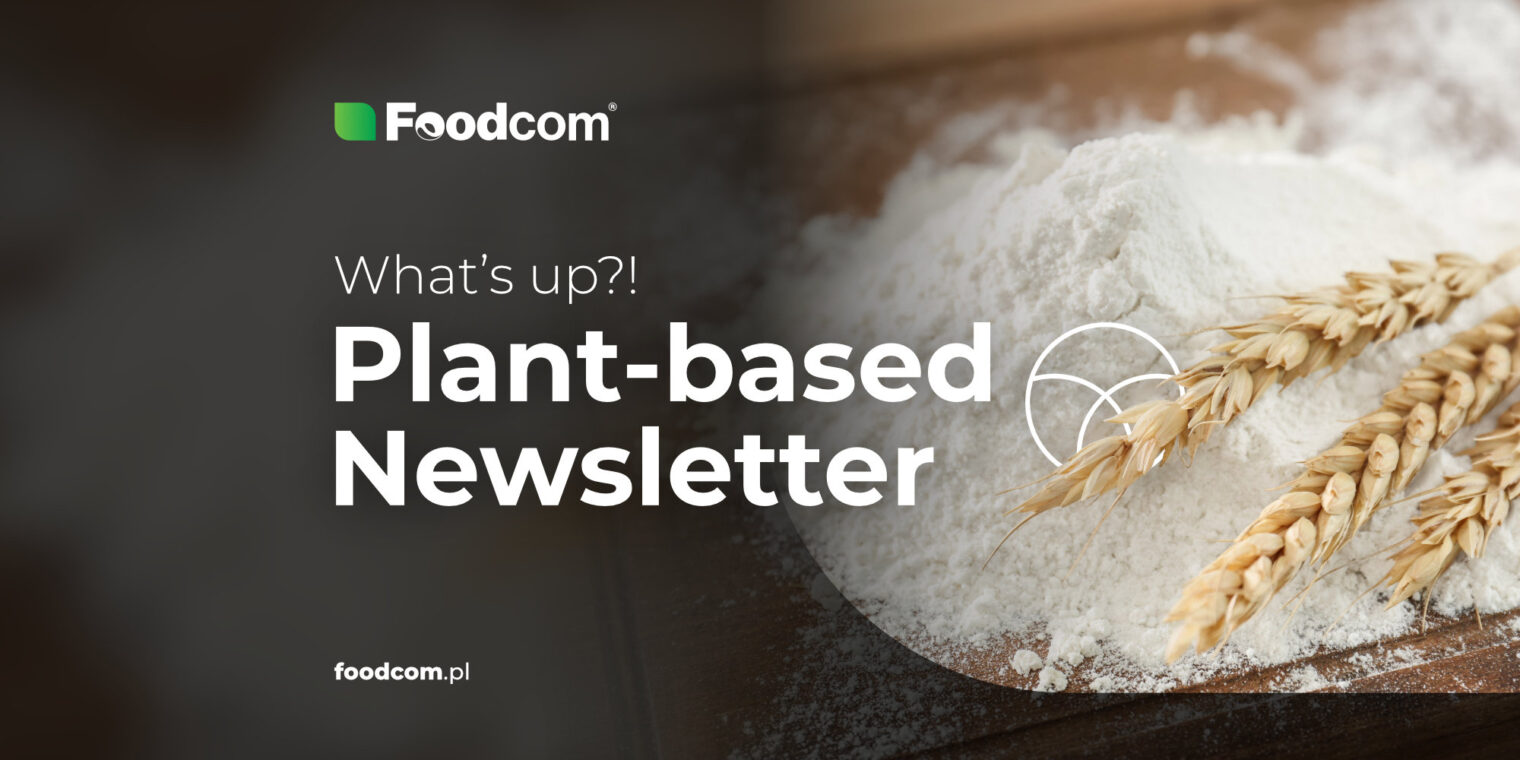Sintesi
Indice
Do you know why producers want to buy back contracts from their buyers? What alternatives for hydrolyzed WG are replacement milk producers looking for? If you want to learn more, keep reading.
With us, you’ll never miss a thing!
Prices are constantly rising. The cost of the seed for growing potatoes has increased between 8-20%. Prices most likely will not go down due to the lack of supply on the part of producers and manufacturers. Moreover, because of increased customs clearances due to COVID-19, logistic chains had been failing internationally in the past months, and staffing shortages continue to multiply the impact. Transportation costs have already increased by 30% and it is almost certain that this will take its toll on the market. Most major producers are sold out by the end of 2022.
Global grain prices have already broken records, fueling inflation, and that was even before the disruptions in supply chain from Ukraine and Russia. Prices of vital wheat gluten are already high, and are not likely to fall. We believe that it might even peak to the point of 2600 – 2900 EUR/MT. Additionally Chinese products are offered even higher than the European ones. Be careful when sourcing supplies, as offers with unethical substitutes have begun to appear on the market.
The shutdown of Ukrainian ports has pushed wheat future’s quotes to a six-year high. All shipments of agricultural goods from Ukraine were halted, and the world was cut off from access to supplies of cheap wheat. Traders will have to look elsewhere for it.
We hear of situations where producers want to buy contracts back from their buyers of this product. Today, end-users are looking for cheaper substitutes such as soy protein concentrate or isolate.
Since dextrose is produced mainly from wheat and corn, products of which prices are going up, this has an influence on dextrose cost too. Producers who have been in contact for a longer period are withdrawing from contracts. The situation is uncertain. Demand is very high and strong, feed grade is being sold even above food grade.
Due to the lack of exports from the Black Sea region, corn futures on the Matif exchange have reached record levels. It was estimated that Ukraine would supply 16% of world corn exports this year, but this may not be possible to achieve in the current situation.
Prices for corn gluten meal have increased, the product continues to be a desirable source of protein for producers. Stocks are still there, but prices are rising. So expect prices of this product to rise, as there are few cheap sources with good protein levels left.
With us, you’ll never miss a thing!
PROTEINS
Potato protein
Prices are constantly rising. The cost of the seed for growing potatoes has increased between 8-20%. Prices most likely will not go down due to the lack of supply on the part of producers and manufacturers. Moreover, because of increased customs clearances due to COVID-19, logistic chains had been failing internationally in the past months, and staffing shortages continue to multiply the impact. Transportation costs have already increased by 30% and it is almost certain that this will take its toll on the market. Most major producers are sold out by the end of 2022.
Vital wheat gluten
Global grain prices have already broken records, fueling inflation, and that was even before the disruptions in supply chain from Ukraine and Russia. Prices of vital wheat gluten are already high, and are not likely to fall. We believe that it might even peak to the point of 2600 – 2900 EUR/MT. Additionally Chinese products are offered even higher than the European ones. Be careful when sourcing supplies, as offers with unethical substitutes have begun to appear on the market.
Hydrolyzed WG
The shutdown of Ukrainian ports has pushed wheat future’s quotes to a six-year high. All shipments of agricultural goods from Ukraine were halted, and the world was cut off from access to supplies of cheap wheat. Traders will have to look elsewhere for it.
We hear of situations where producers want to buy contracts back from their buyers of this product. Today, end-users are looking for cheaper substitutes such as soy protein concentrate or isolate.
STARCHES & SUGARS
Dextrose
Since dextrose is produced mainly from wheat and corn, products of which prices are going up, this has an influence on dextrose cost too. Producers who have been in contact for a longer period are withdrawing from contracts. The situation is uncertain. Demand is very high and strong, feed grade is being sold even above food grade.
Corn gluten meal
Due to the lack of exports from the Black Sea region, corn futures on the Matif exchange have reached record levels. It was estimated that Ukraine would supply 16% of world corn exports this year, but this may not be possible to achieve in the current situation.
Prices for corn gluten meal have increased, the product continues to be a desirable source of protein for producers. Stocks are still there, but prices are rising. So expect prices of this product to rise, as there are few cheap sources with good protein levels left.
Categorie







